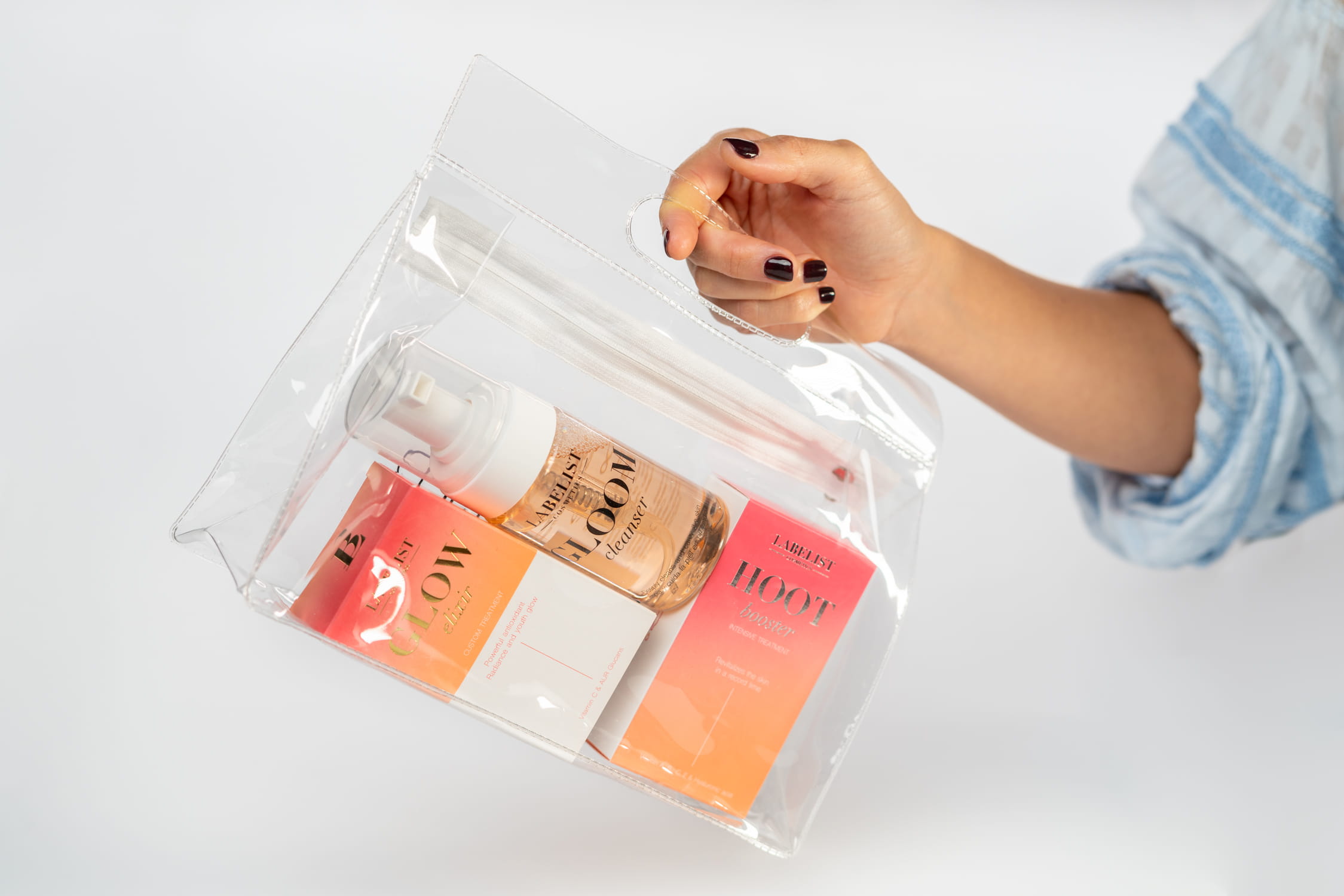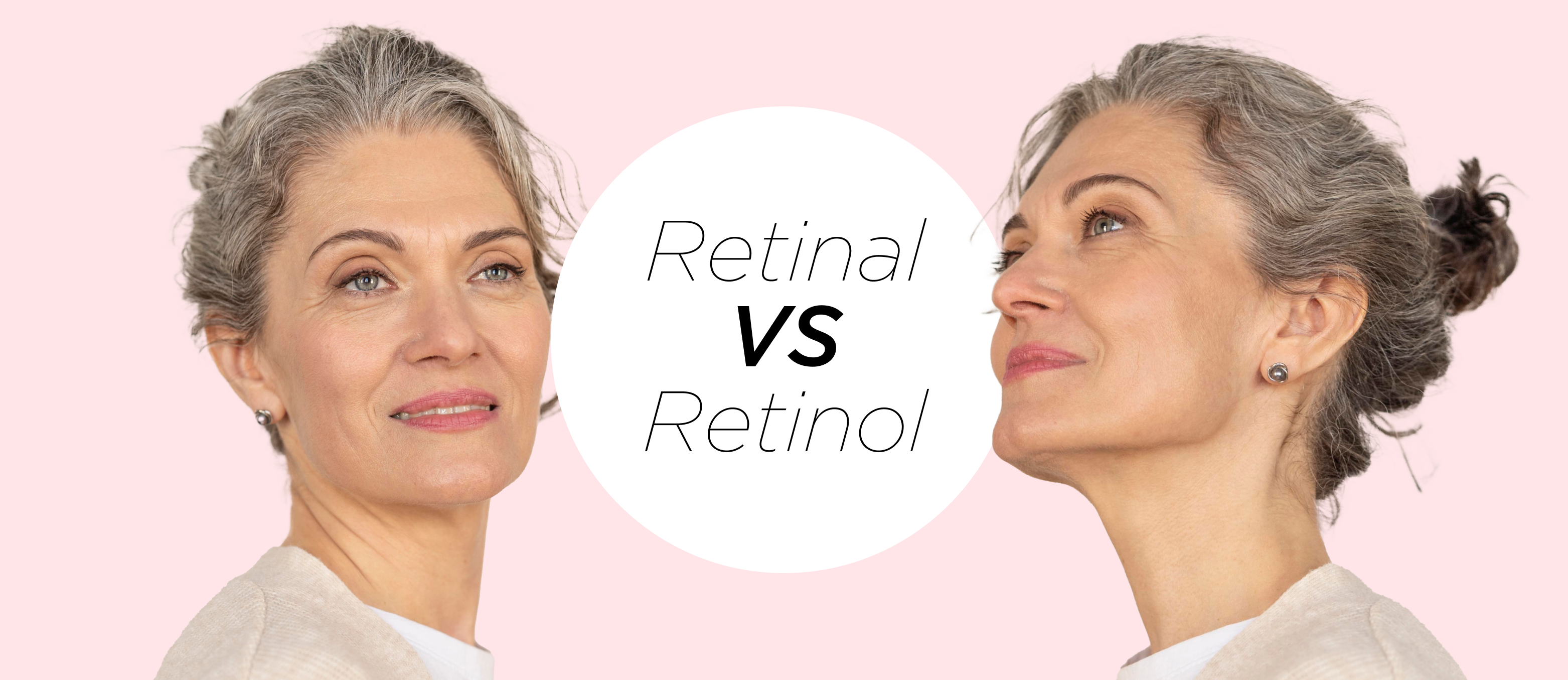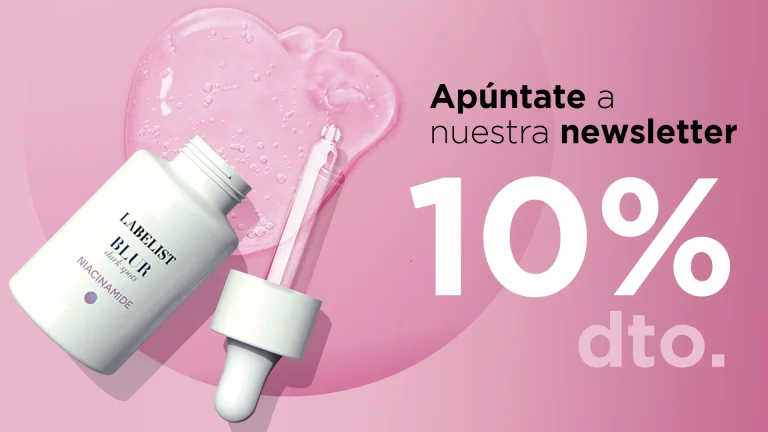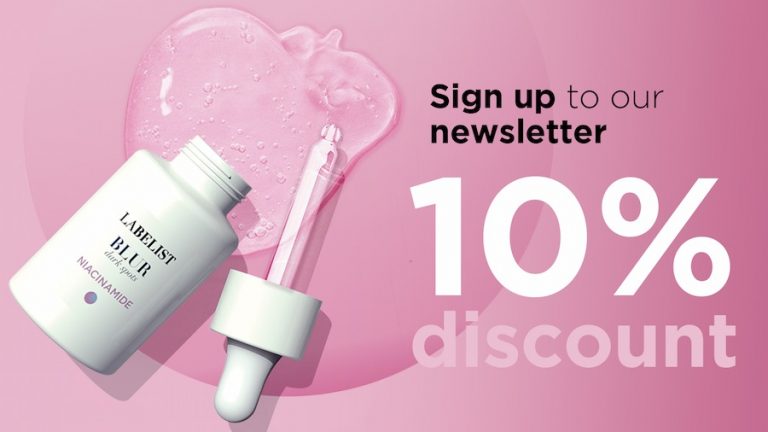Retinol vs Retinal in cosmetics

RETINOL vs RETINAL IN COSMETICS
You must have heard about retinal recently, but … do you know what it is and what its similarities and differences with retinol are. Which one is more efficient? Is it worth trying it? At Labelist we have done thorough research in scientific articles to provide the answers.
Retinoids
Retinoids are compounds that come from Vitamin A or others that look like or act like vitamin A. They can be both natural forms of Vitamin A or synthetic from retinol. Examples of retinoids used in cosmetics, and therefore, over the counter, are retinol, retinal (AKA retinaldehyde) and retinyl palmitate. Retinoic acid or tretinoin need a medical prescription.
Topical retinoids are one of the most widely skincare ingredients used to combat aging and upon which more clinical evidence is available. Their anti-wrinkle properties promote skin regeneration, reinforce the skin barrier, slow down water loss and protect collagen and other structural proteins against breakdown. In addition, they are also used to treat acne and fade age spots.
After topical application of a cosmetic retinoid, retinyl palmitate is hydrolyzed to retinol and retinol is hydrolyzed to retinal which, through an oxidation process, is converted to retinoic acid, the form in which it will perform its function in the skin.
Theoretically, efficacy increases in the following order: retinyl palmitate < retinol < retinal < retinoic acid, but, watch out!!! skin tolerance works the other way round.
From the point of view of cosmetic product formulation, retinoids pose a challenge to researchers due to their demonstrated instability, poor penetration, and potential for skin irritation. Therefore, innovative penetration systems and stabilization methods are being developed and used.
What’s retinal in cosmetics?
Retinal, also known as retinaldehyde, is a natural precursor of retinoic acid with a favorable activity/tolerance ratio after topical application.
According to the retinoid conversion diagram, being more advanced in the Vitamin A pathway, one step away from the active form, retinal should be considered the most effective ingredient in cosmetics.
However, according to research, this appears not to be the case. Retinal was found to have a lower than expected irritation profile and was attributed to limited absorption through the skin. It seems that retinal does not bind directly to retinoid receptors but after topical application it is mostly converted to retinyl esters and only a small fraction is metabolized to retinoic acid or active form. Furthermore, retinal is a very unstable molecule that is easily degraded. It is also light sensitive and has a tendency to auto oxidize.
It is therefore difficult to find products on the market containing only retinal that are bound to promising clinical results. There are some studies which show that applying 0.05% and 0.1% for 3 months is well tolerated and effective against photoaged skin, thus improving hydration, wrinkles, and rough skin. The industry is still working to try to stabilize the active ingredient, for example, by encapsulating it in liposomes or nanovesicles. Some brands promise to have succeeded in stabilizing the molecule, but published data is still poor.
In order to rigorously evaluate the clinical efficacy of retinaldehyde and compare it with retinol, higher quality studies are required.
Similarities between Retinol and Retinal
Both are retinoid precursors of vitamin A. They are used in anti-aging cosmetics by intelligently stimulating skin cell renewal and collagen production. The result is a more youthful appearance: smoother, more luminous, and even-toned skin.
Both could also be used to treat acne because of their antibacterial properties.
Differences between Retinol and Retinal?
Retinol and Retinal sound almost identical. However, they differ in their molecular structure and how they perform on the skin.
Although both are unstable, nowadays the retinol molecule has been more studied and offers more achievements in its stabilization. For this reason, we could say that well-designed retinol products are more effective than retinal products.
In terms of tolerance, it seems that Retinal is highly tolerated than Retinol.
The recommended doses are also different, for Retinol is 0.15-0.3% and for Retinal, 0.05-0.2%.
Is it worth trying a cream with Retinal?
At Labelist Cosmetics we continue to defend RETINOL as the anti-aging and anti-imperfection star ingredient. For us, the star treatment continues to be the regular use of antioxidants and sunscreens in the morning and retinoids at night.
We will keep an eye on the advances in the synthesis and stabilization of retinal to tell you about them. Who knows if in the future it could become a must in our toiletry bag and replace retinol.
LABELIST products with Retinol
RETINOL 0,15
Formulated with 0.15% pure retinol encapsulated in liposomes for better tolerance and penetration into the skin. It is considered to be a high tolerance product and can be used for both face and eye contour.
RETINOL 0,3
Formulated with a solid base that stabilizes retinol. Designed to act on the skin surface to promote skin renewal, thus reducing the appearance of wrinkles and blemishes. Smoother, more elastic, and even-toned skin!
We recommend introducing it into the routine in times of mild sunshine and to be attentive to the retinization process.
More to discover
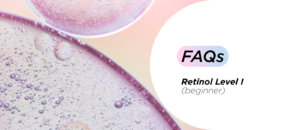
Retinol Level 1: Frequently Asked Questions for Beginners
Find out everything you need to know before starting your retinol cosmetic routine: Retinol is one of the star ingredients in skincare, known for its
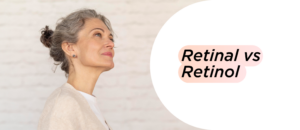
Retinol vs Retinal in cosmetics
RETINOL vs RETINAL IN COSMETICS You must have heard about retinal recently, but … do you know what it is and what its similarities and
Do you want to be an international distributor of Labelist Cosmetics®?
